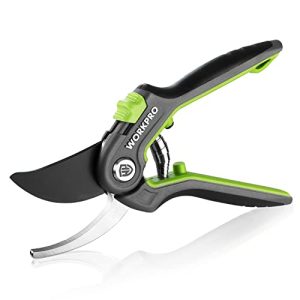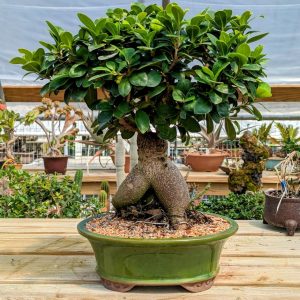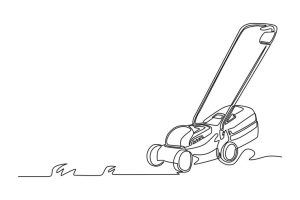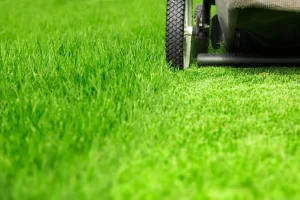Have you ever wondered how much water your bonsai tree really needs? You’re not alone.
Many bonsai enthusiasts struggle with finding the right balance between overwatering and underwatering. This delicate art can make all the difference in keeping your miniature masterpiece thriving. If you’re passionate about maintaining the beauty and health of your bonsai, understanding its unique watering needs is essential.
Imagine transforming your bonsai from a mere plant into a living piece of art that captures attention and admiration. You’ll discover the secrets to perfect watering, ensuring your bonsai thrives and flourishes. Keep reading to unlock the key to nurturing a bonsai that not only survives but truly prospers.
Basics Of Bonsai Watering
Understanding the basics of bonsai watering is crucial for anyone looking to cultivate these miniature trees. Bonsai trees require a delicate balance of moisture, making their watering needs unique compared to regular houseplants. By grasping a few essential principles, you can ensure your bonsai thrives in its environment.
What Makes Bonsai Watering Unique?
Bonsai trees are grown in shallow pots, which means they have limited space for soil and water retention. This can make them dry out faster than plants in larger pots. Pay close attention to the soil’s moisture level to avoid overwatering or underwatering.
Have you ever been surprised by how quickly a small pot dries out? This is a common challenge for bonsai enthusiasts. Regular monitoring is key to maintaining the right balance.
How Often Should You Water Your Bonsai?
There’s no one-size-fits-all answer, as the frequency depends on factors like the tree species, pot size, and climate. A general rule is to water when the topsoil feels slightly dry. This can vary from daily to weekly, so stay observant.
Consider your environment. Does your home have dry air or constant sun exposure? These conditions might require more frequent watering. Remember, it’s better to adapt to your bonsai’s needs than to follow a strict schedule.
Signs Your Bonsai Needs Water
Look for visual cues. If the leaves look wilted or the soil pulls away from the pot’s edges, it’s time to water. Healthy bonsai should have vibrant leaves and firm soil.
Have you ever noticed leaves turning yellow or falling off? These can be signs of stress due to incorrect watering. Adjust your routine accordingly to help your bonsai recover.
Best Practices For Watering Bonsai
- Use a watering can with a fine spout to gently water without disturbing the soil.
- Ensure water flows through the drainage holes; this indicates thorough watering.
- Water in the morning to allow the soil to dry out during the day.
These practices help maintain the delicate balance your bonsai needs. Imagine the satisfaction of seeing your bonsai flourish as you refine your watering technique.
Avoid letting your bonsai sit in waterlogged soil, as this can cause root rot. Similarly, don’t let it dry out completely between waterings. Both extremes can harm your tree.
Have you ever assumed that more water is better? This misconception can be detrimental. Understanding your bonsai’s specific needs prevents these common pitfalls.
Ready to put these insights into practice? Start observing your bonsai’s responses to different watering routines. The journey to mastering bonsai care is as rewarding as the art itself.
Factors Influencing Water Needs
Understanding bonsai water needs involves considering various factors. Tree species, pot size, and local climate impact hydration. Observe soil moisture and adjust watering frequency accordingly.
Factors influencing the water needs of a bonsai tree are crucial. Understanding these factors ensures your bonsai thrives. Several elements affect how much water your bonsai requires. Let’s explore these key influences.Tree Species
Different bonsai species need varying amounts of water. Some trees like junipers prefer drier conditions. Others, such as maples, enjoy more moisture. Knowing your bonsai species helps determine its water needs. Each type has unique requirements, impacting watering frequency.Climate And Environment
Climate plays a significant role in watering needs. Bonsai trees in hot climates dry out quickly. Cooler areas might require less frequent watering. Indoors, humidity and temperature affect moisture levels. Consider your environment to adjust watering routines.Pot Size And Soil Type
Pot size affects water retention. Smaller pots dry out faster than larger ones. Soil type also influences moisture absorption. Well-draining soil reduces the risk of waterlogging. Choose the right pot and soil for optimal water management.Signs Of Overwatering
Bonsai trees show signs of overwatering through yellowing leaves and root rot. Mushy soil and mold growth can also indicate excessive watering. Adjust the watering schedule to maintain healthy, vibrant foliage.
Watering a bonsai tree requires a delicate balance. Too much water can harm the tree. Understanding signs of overwatering helps maintain your bonsai’s health. Let’s explore key indicators of overwatering.Leaf Discoloration
Yellow or brown leaves signal excess water. Healthy bonsai leaves should be vibrant green. Discolored leaves may wilt or fall off easily. Check the soil’s moisture level. Soil should be damp, not soggy.Root Rot
Overwatering leads to root rot, a serious condition. Roots become dark and mushy. Healthy roots are firm and white. Root rot stunts growth and may kill the tree. Inspect roots carefully if growth slows or stops.
Credit: www.craftsy.com
Signs Of Underwatering
Dry, curled leaves and stunted growth hint at underwatering for bonsai trees. Soil often appears dusty and crumbly, lacking moisture. Ensure regular watering to maintain lush foliage and healthy roots.
Caring for a bonsai tree is a delicate art that demands attention to detail, particularly when it comes to watering. Underwatering is a common issue that can severely affect the health of your bonsai. Recognizing the signs of underwatering can save your tree from irreversible damage. Let’s dive into some key indicators that your bonsai might be thirsty.Wilting Leaves
Wilting leaves are a clear sign of distress in your bonsai tree. When leaves droop or curl, it’s often a cry for more moisture. You might notice the leaves lose their vibrant color and become dull. Imagine waking up one day to find your bonsai’s leaves looking like they’ve had a rough night. It’s a moment that nudges you to rethink your watering schedule. Are you giving your bonsai enough water to thrive?Dry Soil
Checking the soil is a straightforward way to gauge your bonsai’s water needs. Dry soil indicates that your tree isn’t getting enough hydration. When you touch the soil, it should feel slightly damp to the touch, not parched. There was a time I thought my bonsai was thriving until I checked the soil and found it dry as a desert. It was a wake-up call! Ensuring the soil retains some moisture is crucial for the tree’s health. You may wonder, how often should you water your bonsai to prevent dry soil? It’s not about setting a rigid schedule; it’s about observing and responding to your tree’s needs. Is your bonsai’s soil losing moisture too quickly? Adjust your watering routine accordingly. By keeping an eye on these signs, you can tailor your care to ensure your bonsai stays healthy and vibrant. What changes will you make today to nurture your bonsai more effectively?Optimal Watering Techniques
Watering bonsai trees can be both art and science. You want to ensure your tree thrives without drowning it or letting it dry out. Finding the perfect balance is key. With optimal watering techniques, you can maintain your bonsai’s health and beauty. Let’s explore two effective strategies that can enhance your bonsai care routine.
Soak And Dry Method
The soak and dry method is a practical approach for watering bonsai trees. It involves thoroughly soaking the soil, then letting it dry out completely before watering again. This mimics nature’s rainfall cycles. But how do you know when your bonsai needs another drink?
Watch the soil. When it’s dry to the touch, it’s time to water. Ensure the water drains well through the pot. You want to avoid waterlogging, which can harm the roots.
I once over-watered a bonsai, thinking it needed constant moisture. It ended with root rot. So, trust the soil’s dryness as your guide.
Using Moisture Meters
Moisture meters can be a game-changer. These handy tools measure the soil’s moisture level, helping you decide when to water. They take the guesswork out of determining the soil’s dryness.
Simply insert the meter into the soil and read the level. If the meter shows dry, it’s time to water. If it’s still moist, hold off. This ensures you’re not watering too frequently or too little.
A moisture meter saved my bonsai from a watering disaster. It alerted me to the soil’s saturation level. Have you ever considered using one for your bonsai?
Both techniques require attention and care. Whether you choose the soak and dry method or opt for a moisture meter, the key is consistency. Regular checks and adjustments can transform your bonsai into a thriving masterpiece.
Seasonal Watering Adjustments
Bonsai trees need careful watering. Seasonal changes affect their water needs. In summer, they require more frequent watering. Winter demands less water. Always check soil moisture. Avoid dry or soggy soil. Proper watering ensures healthy bonsai growth.
Caring for a bonsai tree involves more than just a regular watering schedule. As the seasons change, your bonsai’s water requirements will fluctuate. Understanding these seasonal watering adjustments is crucial for keeping your miniature tree healthy and vibrant. You might be surprised at how much the environment influences your bonsai’s hydration needs. Let’s dive into how you can adapt your watering routine throughout the year.Spring And Summer
During the spring and summer, your bonsai tree enters its growing season. This is when it needs the most water. The warmer temperatures and increased sunlight mean that the soil dries out faster. It’s essential to check the soil moisture daily. Stick your finger about an inch into the soil. If it feels dry, it’s time to water. In my experience, a bonsai in full sun might need watering every day during a summer heatwave. Remember, consistent watering helps prevent stress and promotes growth.Fall And Winter
As fall approaches, your bonsai’s growth slows down, and its water needs decrease. The cooler temperatures and shorter days mean that the soil retains moisture longer. During this time, you should reduce the frequency of watering. Let the topsoil dry out a bit more between watering sessions. In winter, especially if your bonsai is indoors, you might only need to water once a week. But be cautious; don’t let the roots dry out completely. Have you ever noticed how the leaves of your bonsai respond to changes in watering? It’s a good indicator of its health. Adjusting your watering schedule with the seasons is a simple yet powerful way to ensure your bonsai thrives year-round.Impact Of Humidity On Watering
Humidity affects bonsai watering needs. High humidity reduces evaporation, needing less water. Low humidity increases evaporation, requiring more frequent watering. Adjust watering based on humidity levels to maintain healthy bonsai trees.
Understanding the impact of humidity on watering is crucial for maintaining a healthy bonsai tree. The amount of moisture in the air directly affects how much water your bonsai needs. By grasping how humidity works, you can tailor your watering routine to better suit your bonsai’s needs.What Is Humidity?
Humidity refers to the amount of water vapor present in the air. It can significantly influence how quickly the soil around your bonsai tree dries out. Low humidity might mean watering more often, while high humidity could allow for less frequent watering.How Humidity Affects Watering Frequency
In high humidity environments, water evaporates more slowly from the soil. This means you can wait longer between waterings. On a humid summer day, you might find your bonsai’s soil still damp, reducing the need for immediate watering.Recognizing Humidity Levels
It’s important to pay attention to your local weather conditions. Use a simple hygrometer to measure indoor humidity. If you’re in a dry region, consider misting your bonsai or using a humidity tray to maintain optimal moisture levels.Personal Experience With Humidity Variations
I once kept a bonsai in a room with a dehumidifier running constantly. The soil dried out much faster than expected. Adjusting the watering schedule was key to ensuring the tree stayed healthy.Actionable Tips For Managing Humidity
– Monitor Humidity: Regularly check the humidity levels in your bonsai’s environment. – Misting: If humidity is low, gently mist your bonsai to increase moisture. – Use Humidity Trays: Fill a tray with water and place it beneath the bonsai pot to boost humidity.Interactive Engagement: Are You Overwatering?
Have you ever wondered if you’re overwatering your bonsai? Check the soil moisture before watering. Stick your finger about an inch into the soil; if it’s damp, hold off on watering. Understanding the impact of humidity on watering can transform your approach to bonsai care. By adjusting your practices based on environmental conditions, you ensure your bonsai thrives in its unique setting.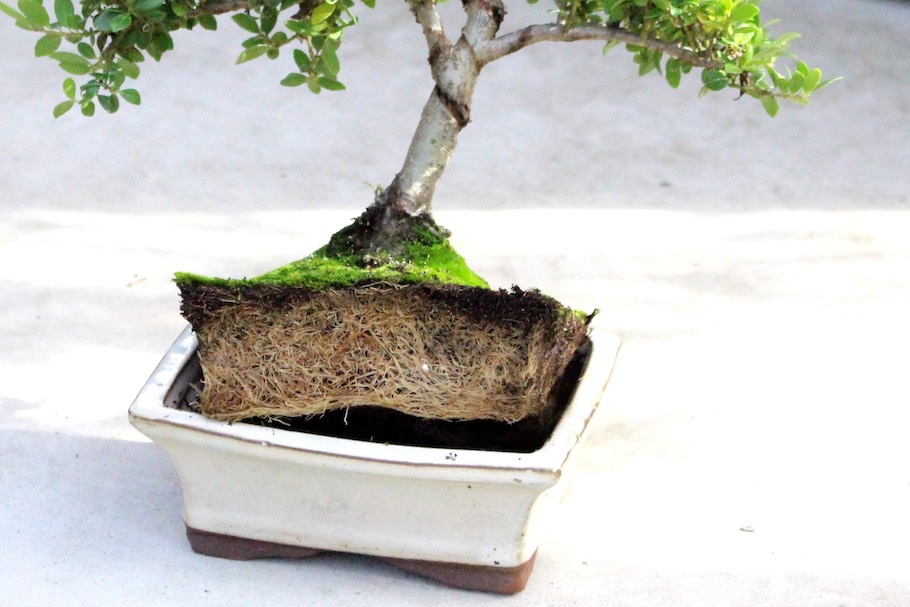
Credit: www.bonsaiempire.com
Common Mistakes To Avoid
Giving bonsai trees too much water can lead to root rot, while insufficient water may cause dehydration. Understanding the right balance ensures healthy growth and longevity. Regular checks and adjustments are key.
Watering a bonsai tree might seem straightforward, but many enthusiasts make common mistakes that can harm their delicate plants. Understanding these pitfalls can be the difference between a thriving bonsai and a struggling one. Let’s dive into some common mistakes to avoid when watering your bonsai tree.Overwatering Your Bonsai
Overwatering is one of the most frequent mistakes bonsai owners make. Many assume more water means better growth, but it can lead to root rot. This happens because the roots remain constantly wet, depriving them of the oxygen they need. To prevent overwatering, ensure the soil has proper drainage and only water when the topsoil feels dry.Ignoring The Environment
Bonsai trees are sensitive to their environment. Factors like humidity, temperature, and light can drastically affect their water needs. If your bonsai is indoors with air conditioning or heating, it might need water more frequently. Pay attention to environmental changes and adjust your watering schedule accordingly. Are you considering the room conditions when planning your watering routine?Using The Wrong Type Of Water
Not all water is suitable for bonsai trees. Tap water may contain chemicals that can harm your plant over time. Rainwater or distilled water is often a better choice. Always be mindful of the water quality you’re using for your bonsai.Watering At Inconsistent Times
Watering your bonsai at different times each day can confuse the plant’s natural rhythm. It’s beneficial to establish a routine, watering your bonsai at the same time daily. Consistency helps the tree adapt and thrive. Have you set a regular watering time for your bonsai?Forgetting To Adjust With Seasons
Seasonal changes impact how much water your bonsai needs. In summer, it may require more frequent watering due to evaporation. In winter, less water might be needed as growth slows down. Always adjust your watering frequency with the changing seasons to keep your bonsai healthy. In my early days as a bonsai enthusiast, I learned the hard way by not adjusting my watering habits with the seasons. My first bonsai tree suffered in the winter because I didn’t reduce the watering frequency. This experience taught me the importance of observing and responding to my bonsai’s needs throughout the year. Are you ready to adapt your care routine for each season? Avoid these common mistakes and you’ll be on your way to nurturing a beautiful and healthy bonsai. Remember, bonsai care is a journey of learning and adapting. Are there any other watering tips or experiences you’d like to share?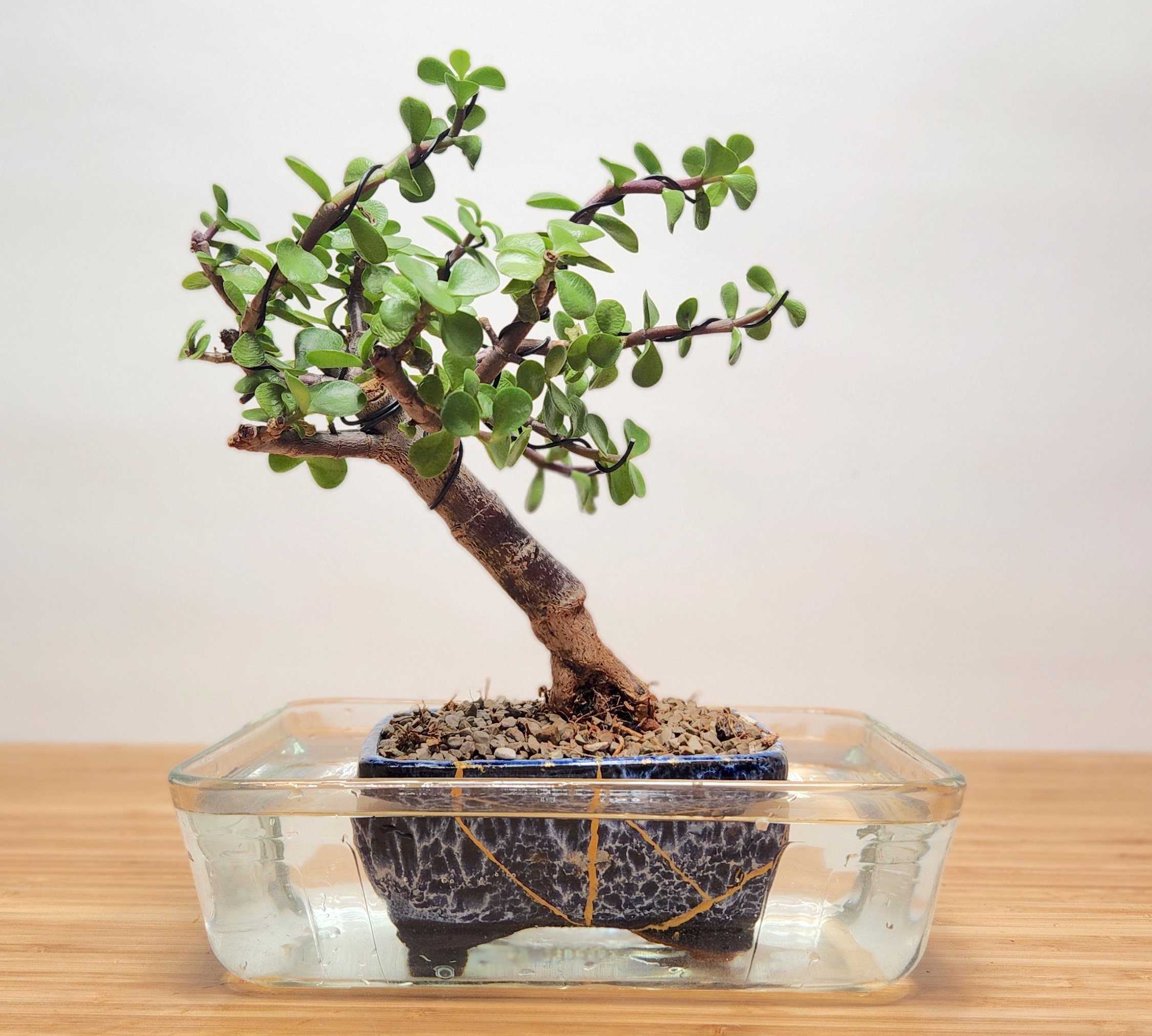
Credit: bonsaibar.com
Frequently Asked Questions
What Is The Rule Of 3 In Bonsai?
The rule of 3 in bonsai involves arranging branches in three main layers. This creates balance and harmony. The first branch is the lowest, the second above it, and the third at the top. This technique enhances aesthetic appeal and ensures a natural look in bonsai design.
Can You Overwater A Bonsai Tree?
Yes, bonsai trees can be overwatered. Excessive watering causes root rot and weakens the tree’s health. Ensure proper drainage and check soil moisture before watering. Adjust watering frequency based on season and tree species to prevent overwatering.
How Often Should I Water My Bonsai Tree?
Watering frequency depends on the species, climate, and pot size. Generally, bonsai trees need watering every day or every two days. Check soil moisture by inserting a finger about an inch deep. If dry, it’s time to water. Ensure good drainage to prevent root rot.
Can I Use Tap Water For Bonsai Trees?
Yes, tap water is generally fine for bonsai trees. However, if your tap water is hard, you might consider using filtered or rainwater. Hard water can lead to mineral buildup, affecting the soil’s health. Regularly check the tree’s leaves for signs of mineral residue.
Conclusion
Watering bonsai trees requires careful attention and balance. Too much or too little can harm them. Check the soil regularly. Ensure it’s slightly moist, not soaked. Adjust watering frequency based on the season. In summer, bonsai may need more water.
During winter, less frequent watering is best. Consistency is key. Use a gentle watering method. Keep your bonsai healthy and vibrant. Love and patience will help your bonsai thrive. Remember, every bonsai is unique. Learn what works best for yours.
With time and care, your bonsai will flourish beautifully.


